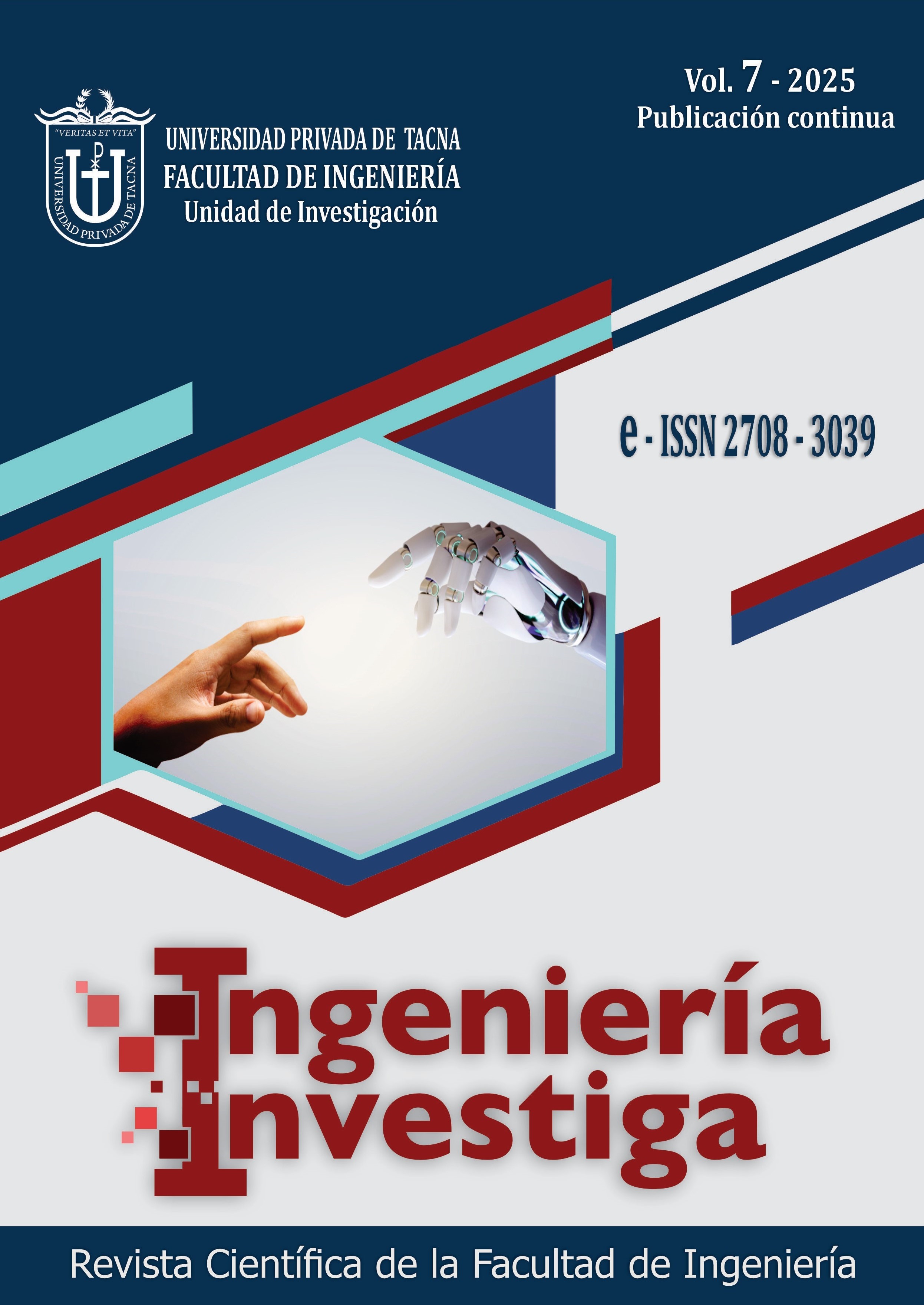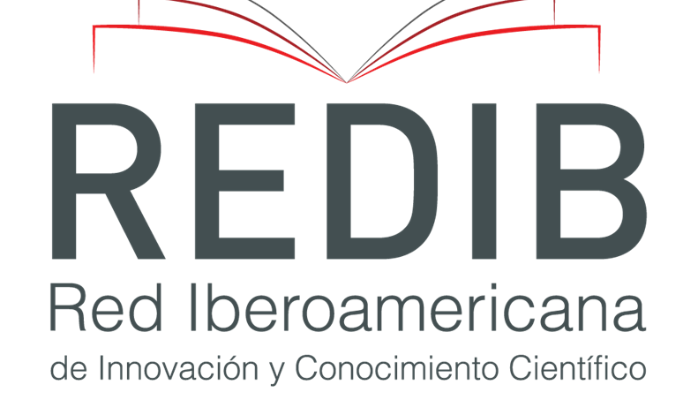Seismic energy distribution in floor plans of structures reinforced with hysteretic dampers considering the energy balance method
DOI:
https://doi.org/10.47796/ing.v7i00.1244Keywords:
capacity curves, energy balance, energy distributionAbstract
In highly seismic regions, many buildings lack modern energy dissipation mechanisms, increasing their vulnerability. Therefore, this research aimed to analyze the distribution of seismic energy across the different levels of prototype structures with 3, 6, and 9 stories, retrofitted with CRP-type hysteretic dampers, using the energy balance method. The capacity curves of each structure were initially determined using nonlinear pushover analysis; subsequently, the retrofitted models were evaluated with two types of nonlinear dynamic analyses. The first, using three ground motions scaled to the design level, showed a significant reduction in distortions after retrofitting. The second, with 25 ground motion records scaled up to the collapse threshold, allowed an assessment of the accumulation and distribution of dissipated energy on each floor. The processing of displacement and shear force histories, together with the numerical integration of hysteretic curves, enabled the determination of the energy absorption percentages per floor. The results show that the greatest portion of seismic energy is dissipated in the lower stories: in the 3-story structure, the first story absorbs 69.88 % of the energy; in the 6-story structure, the first story absorbs 40.04 %; and in the 9-story structure, the first story absorbs 54.82 %. These findings highlight the need to prioritize retrofitting and energy dissipation on the lower stories to enhance structural resilience against severe earthquakes.
Downloads
Downloads
Published
How to Cite
Issue
Section
License
Copyright (c) 2025 Wilber Percy Mendoza Ramirez, Edwin Martin Pino Vargas

This work is licensed under a Creative Commons Attribution 4.0 International License.








